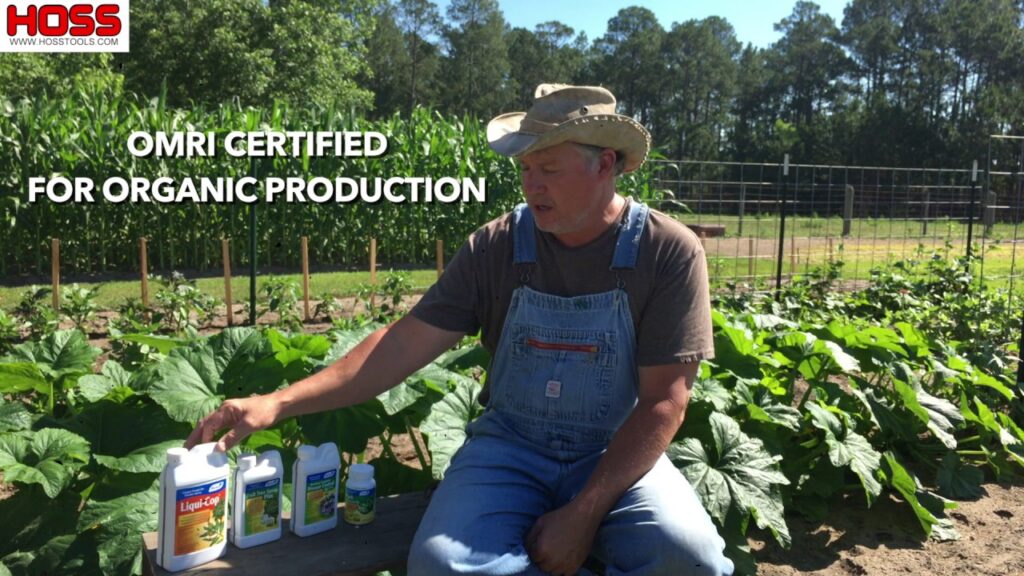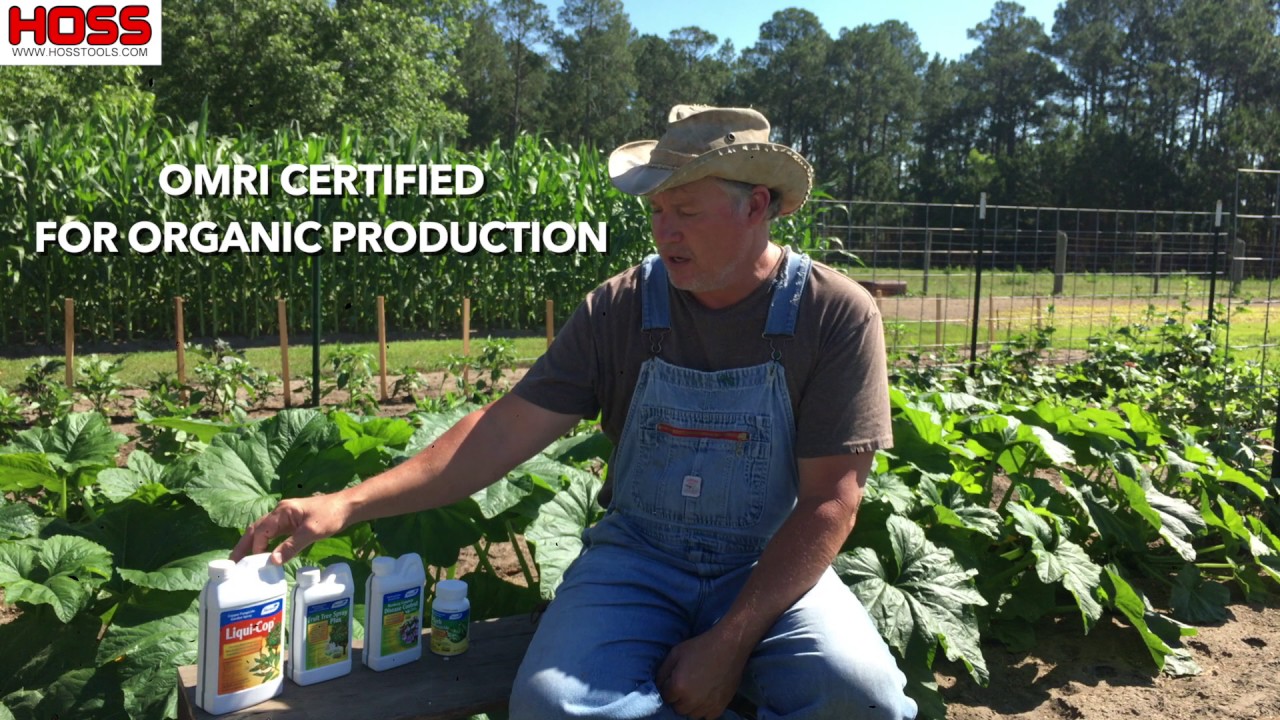
Organic Disease Control: A Comprehensive Guide for Your Vegetable Garden
Maintaining a healthy and productive vegetable garden requires vigilance, knowledge, and a commitment to sustainable practices. One of the most significant challenges gardeners face is disease, which can quickly decimate crops and ruin months of hard work. While synthetic pesticides and fungicides offer a quick fix, they can harm beneficial insects, contaminate the soil, and pose risks to human health. That’s where organic disease control comes in. This guide provides a comprehensive approach to preventing and managing diseases in your vegetable garden using natural and environmentally friendly methods.
Understanding Plant Diseases in Vegetable Gardens
Before diving into control methods, it’s crucial to understand the basics of plant diseases. Plant diseases are caused by pathogens, such as fungi, bacteria, viruses, and nematodes. These pathogens thrive in specific environmental conditions and can spread rapidly through the garden if left unchecked. Recognizing the symptoms early is critical for effective organic disease control.
Common Vegetable Garden Diseases
- Fungal Diseases: These include powdery mildew, downy mildew, blight, rust, and damping-off. They often appear as spots, lesions, or a white powdery substance on leaves and stems.
- Bacterial Diseases: Examples include bacterial speck, bacterial spot, and soft rot. Symptoms typically involve water-soaked lesions, wilting, and foul odors.
- Viral Diseases: Viruses can cause stunted growth, distorted leaves, and mottled patterns. They are often spread by insects.
- Nematode Infestations: Nematodes are microscopic worms that attack plant roots, causing galls, wilting, and reduced growth.
Factors Contributing to Plant Diseases
Several factors can make your vegetable garden more susceptible to disease:
- Poor Soil Health: Nutrient deficiencies and imbalances weaken plants, making them more vulnerable.
- High Humidity and Moisture: Many pathogens thrive in damp conditions.
- Poor Air Circulation: Overcrowding and lack of airflow create a favorable environment for disease development.
- Contaminated Tools and Equipment: Pathogens can spread through uncleaned tools.
- Introduction of Infected Plants: Starting with healthy, disease-free plants is crucial.
Prevention: The First Line of Defense in Organic Disease Control
The best approach to organic disease control is prevention. By creating a healthy and resilient garden ecosystem, you can minimize the risk of disease outbreaks.
Healthy Soil Management
Healthy soil is the foundation of a healthy garden. Focus on improving soil structure, drainage, and fertility:
- Soil Testing: Conduct a soil test to determine nutrient levels and pH. Amend the soil based on the results.
- Composting: Add compost to improve soil structure, water retention, and nutrient content. [See also: Composting for Beginners]
- Cover Cropping: Plant cover crops to improve soil health, suppress weeds, and prevent erosion.
- Crop Rotation: Rotate crops annually to prevent the buildup of soilborne pathogens and nutrient depletion.
Choosing Disease-Resistant Varieties
Select vegetable varieties that are known to be resistant to common diseases in your area. Seed packets and plant labels often indicate disease resistance. Prioritize these varieties to reduce the need for organic disease control interventions.
Proper Watering Techniques
Water plants at the base to avoid wetting the foliage, which can promote fungal diseases. Water early in the morning to allow leaves to dry before nightfall. Consider using drip irrigation or soaker hoses for efficient and targeted watering.
Ensuring Good Air Circulation
Space plants appropriately to allow for good air circulation. Prune plants to remove crowded or overlapping branches. This helps to reduce humidity and prevent the spread of disease.
Sanitation Practices
Maintain a clean and tidy garden to prevent the buildup of pathogens:
- Remove Diseased Plant Material: Promptly remove and dispose of any diseased leaves, stems, or fruits. Do not compost diseased plant material.
- Clean Tools and Equipment: Disinfect tools and equipment with a solution of bleach and water (1 part bleach to 9 parts water) after each use.
- Control Weeds: Weeds can harbor pests and diseases. Keep your garden free of weeds.
Organic Disease Control Methods
Despite your best efforts at prevention, diseases may still occur. Here are some effective organic disease control methods:
Copper-Based Fungicides
Copper-based fungicides are a broad-spectrum option for controlling fungal and bacterial diseases. They work by disrupting the enzymes of pathogens. Apply copper fungicides preventatively or at the first sign of disease. Follow label instructions carefully.
Sulfur-Based Fungicides
Sulfur-based fungicides are effective against powdery mildew, rust, and other fungal diseases. They work by disrupting the metabolism of pathogens. Apply sulfur fungicides preventatively or at the first sign of disease. Avoid using sulfur on cucurbits (e.g., squash, cucumbers) during hot weather, as it can cause leaf burn.
Neem Oil
Neem oil is a natural insecticide and fungicide derived from the neem tree. It works by disrupting the life cycle of insects and inhibiting fungal growth. Apply neem oil as a foliar spray to control aphids, whiteflies, and fungal diseases like powdery mildew. [See also: The Benefits of Neem Oil in the Garden]
Bacillus thuringiensis (Bt)
Bt is a naturally occurring bacterium that produces a protein toxic to certain insects, including caterpillars. Apply Bt as a foliar spray to control cabbage worms, tomato hornworms, and other leaf-eating caterpillars. It is safe for beneficial insects and other wildlife.
Baking Soda Solution
A baking soda solution can be effective against powdery mildew and other fungal diseases. Mix 1 teaspoon of baking soda with 1 quart of water and a few drops of liquid soap. Spray the solution on affected plants, being sure to coat both sides of the leaves. Apply every 7-10 days.
Homemade Garlic Spray
Garlic has natural antifungal and insecticidal properties. To make a garlic spray, crush 4-5 cloves of garlic and steep them in 1 quart of water for 24 hours. Strain the mixture and add a few drops of liquid soap. Spray the solution on affected plants to control aphids, whiteflies, and fungal diseases.
Beneficial Microbes
Introducing beneficial microbes to your soil can help suppress disease-causing pathogens. Mycorrhizal fungi, for example, form a symbiotic relationship with plant roots, improving nutrient uptake and increasing disease resistance. Trichoderma is another beneficial fungus that can help control soilborne diseases.
Specific Disease Control Strategies for Common Vegetables
Different vegetables are susceptible to different diseases. Here are some specific control strategies for common garden vegetables:
Tomatoes
Tomatoes are prone to early blight, late blight, and Septoria leaf spot. To prevent these diseases, choose disease-resistant varieties, provide good air circulation, and avoid overhead watering. Apply copper-based fungicides or neem oil preventatively.
Cucumbers
Cucumbers are susceptible to powdery mildew and downy mildew. Choose disease-resistant varieties, provide good air circulation, and avoid overcrowding. Apply sulfur-based fungicides or neem oil preventatively.
Peppers
Peppers can be affected by bacterial spot and blossom-end rot. Choose disease-resistant varieties, provide consistent watering, and avoid over-fertilizing with nitrogen. Apply copper-based fungicides preventatively.
Squash
Squash is prone to powdery mildew and squash vine borers. Choose disease-resistant varieties, provide good air circulation, and monitor plants for squash vine borer damage. Apply neem oil preventatively to control powdery mildew.
Brassicas (Cabbage, Broccoli, Cauliflower)
Brassicas can be affected by clubroot, black rot, and cabbage worms. Choose disease-resistant varieties, amend the soil with lime to increase pH, and cover plants with row covers to prevent cabbage worm infestations. Apply Bt to control cabbage worms.
Monitoring and Early Detection
Regularly inspect your plants for signs of disease. Look for spots, lesions, wilting, and other abnormalities. Early detection is crucial for effective organic disease control. The sooner you identify a problem, the easier it will be to manage.
Conclusion
Organic disease control in the vegetable garden requires a holistic approach that emphasizes prevention, early detection, and the use of natural and environmentally friendly methods. By creating a healthy and resilient garden ecosystem, you can minimize the risk of disease outbreaks and enjoy a bountiful harvest. Remember that consistent monitoring, proper sanitation, and the appropriate use of organic disease control methods are key to success. With a little knowledge and effort, you can protect your vegetable garden from disease and enjoy the rewards of healthy, homegrown produce. Embrace these techniques, and your journey to a thriving, organic disease control-focused vegetable garden will be a rewarding one. Protecting your plants naturally is not just a trend; it’s a commitment to sustainable gardening and a healthier planet. So, get out there, get your hands dirty, and cultivate a garden that is both productive and environmentally responsible. Your vegetables—and the earth—will thank you for it.

